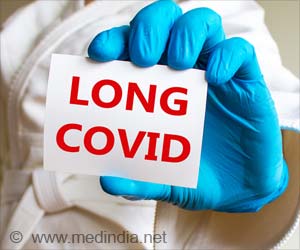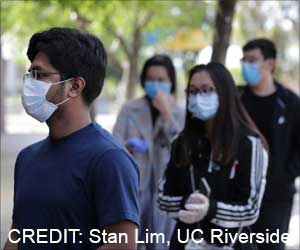In an extremely rare surgery, a team of specialist surgeons successfully separated a pair of conjoined twin sisters, born at the B.

‘Specialist doctors including the head of pediatric surgery, neonatologist, anesthesiologists, plastic surgeons, radiologists and cardiac surgeons have done a rare operation to separate the two conjoined twin girls.’
Read More..




The couple earlier underwent a sonography test and both parents were overjoyed with the prospects of giving birth to a set of twins. Read More..
Later, they were shattered when an antenatal ultrasound scan suggested that the twins were probably conjoined at the abdomen, hospital CEO Dr Minnie Bodhanwala said.
"They approached us with brave determination and lot of hope to bring these two little lives to the world, overcoming all the problems," she said.
A team of specialist doctors comprising Head of Paediatric Surgery Dr Pradnya Bendre, plus a neonatologist, anesthesiologists, plastic surgeons, radiologists and cardiac surgeons was prepared for the rare operation to separate the two girls after a 6-hour major surgery.
"The twins were omphalopagus or joined together from the chest bone to umbilicus and every aspect was challenging, from their safe delivery to the successful operation separating them as independent individuals," said Dr. Bendre.
Advertisement
"The conjoined twins were kept in the NICU after birth. They were clinically active and fused at the abdomen from the lower part of the sternum to the common umbilical cord. They underwent extensive investigations to understand the anatomy and complexity of the separation surgery," Bendre said.
Advertisement
This condition could ultimately lead to overloading one baby and result in cardiac failure, making it an extremely risky and complex separation surgery.
Bendre said that even the decision to take up the separation surgery was difficult - delaying it till the babies grew would make it easier for the surgeons but rendered it difficult for the parents to look after them.
After counselling the parents on all the complexities, risks, benefits of early-versus-late operation, the separation surgery was taken up 14 days after their birth.
"Special technology of cutting liver using a harmonic scalpel and T seal was used which minimized blood loss to less than 10 ml. The entire procedure lasted for 6 hours and the babies needed post-operative ventilator support for 2 days. Gradually, from day 3 post-operations, the babies started on feeds, they are now active on full feeds, with gradual weight gain and their wounds have healed well," Bodhanwala said with a smile.
The parents hail from Mumbai and post-discharge, the hospital has designed a multi-disciplinary follow up programme to monitor the separated twin sisters' development, nutrition, liver function and immunization, she added.
Detailing statistics, Bodhanwala said that conjoined twins are seen in between 50,000-200,000 live births of which omphalopagus twins comprise between 10-18 per cent, and less than 300 successful surgical separations have been done in the past in the country.
"This is the fourth successful separation of conjoined twins at our hospital, the past three having been done in the last 7 years. The success rate is around 50 per cent in such cases," she said.
"We are extremely grateful to the BJWHC team of doctors and the management who took care of all details without charging us a single rupee. In the New Year, the hospital has given a new lease of life to our two daughters and we are caring for them like normal infants," said the elated parents, declining to be identified.
The 92-year-old hospital, built by the famed industrial family of Wadias, was the country's first independent special paediatrics hospital exclusively to provide healthcare to children, and was inaugurated by the then Bombay Governor, Sir Frederick Sykes in December 1929.
Source-IANS







